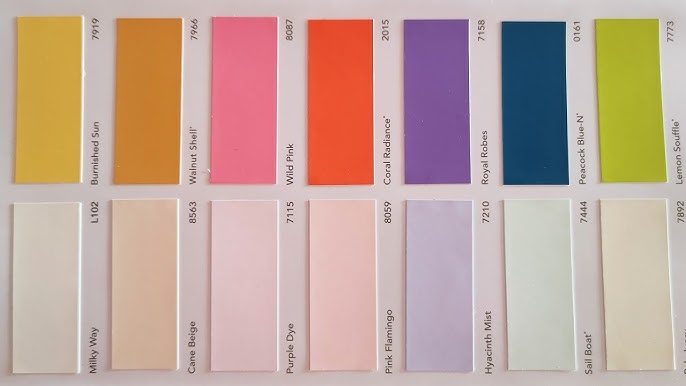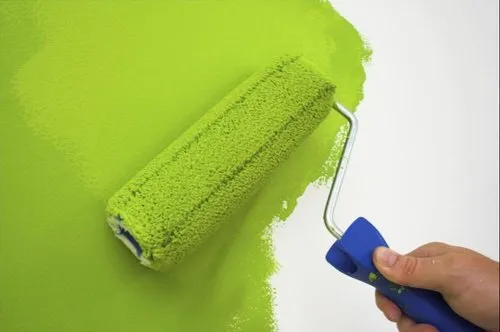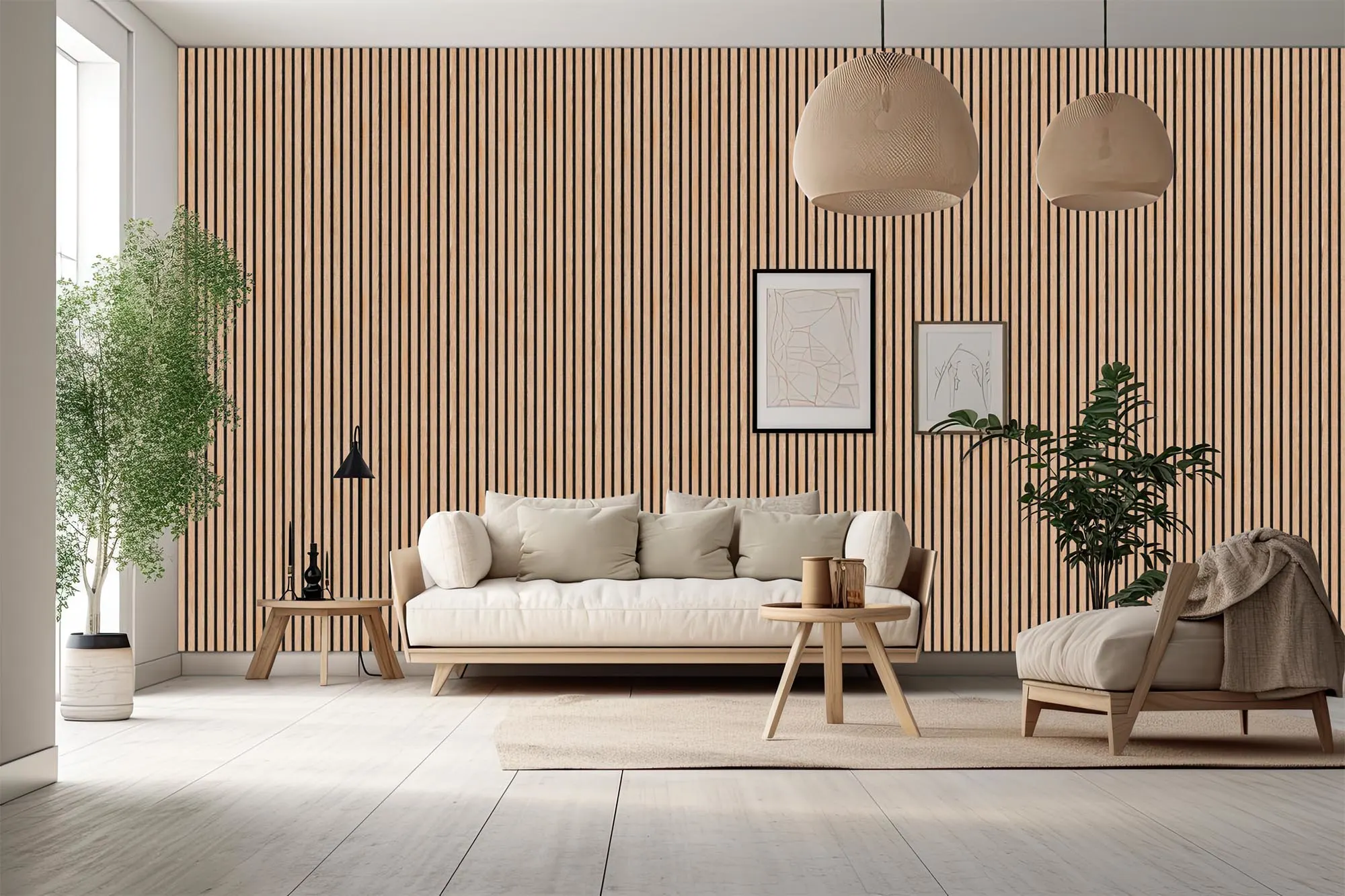Table of Content
- Types of plastic paints
- Acrylic emulsion paints
- Vinyl emulsion paint
- Textures emulsion paint
- Silk emulsion paint
- Matte emulsion paint
- Satin emulsion paint
- High-gloss emulsion paint
- Antifungal emulsion paint
- Exterior emulsion paint
- Fire-retardant emulsion paint
- Applications of plastic paints
- Interior walls and ceilings
- Exterior walls
- Furniture and woodwork
- Metal surfaces
- Textured finishes
- Commercial spaces
- Educational and healthcare facilities
- Industrial applications
- Public infrastructure
- Specialised uses
- Pros and cons
Plastic paint derives its name from its high plastic content. This water-based paint has a thick texture, providing high opacity and a smooth finish. Its resilient nature makes it easy to wash, simplifying stain removal. In this article, we will explore the various types, applications, and pros and cons of plastic paints to help you determine if it meets your needs.
Types of plastic paints
Plastic paints come in various types, each suited for different applications. Here are the most common types for your reference:
Acrylic emulsion paints
Acrylic resin is the primary component of this paint, renowned for its exceptional durability and flexibility. It offers features like resistance to cracking and peeling, excellent color retention, and washability. Suitable for both interior and exterior walls, it can also be used on metal surfaces with proper priming.
Vinyl emulsion paint
Vinyl acetate polymer paint provides a smooth finish and excellent adhesion properties. Ideal for interior walls and ceilings, it is easily washable and available in various finishes such as matte, satin, and gloss.
Textures emulsion paint
This type of plastic paint contains additional materials like sand or fine aggregates, giving it a textured finish. It is primarily used for ornamental purposes, as it adds depth and dimension to surfaces while effectively hiding imperfections without sacrificing durability. Its main applications include creating decorative effects on interior walls.
Silk emulsion paint
If you're looking for an attractive and durable finish, this is an excellent choice. Silk emulsion paint, as the name suggests, provides a silky and smooth finish to interior walls. It offers a subtle sheen, is washable, and resists stains, making it both beautiful and practical.
Also Read: Popular ceiling texture designs in 2024 for a stunning look
Matte emulsion paint
This type of paint provides a flat, non-reflective finish that effectively conceals imperfections. It offers excellent coverage, is easy to apply, and delivers a sophisticated look with its subtle finish.

Satin emulsion paint
This type of paint offers a distinctive sheen, striking a balance between matte and glossy finishes. It provides a moderately reflective surface, is highly durable, and is easy to clean.
High-gloss emulsion paint
For the highest level of sheen, opt for this type of plastic paint. Its shiny, reflective finish is ideal for doors, trims, and accent walls, effectively highlighting architectural details. Additionally, it is highly durable and easy to clean.
Antifungal emulsion paint
Designed specifically for moisture-prone areas, this paint includes additives that inhibit the growth of fungi and mildew. It is ideal for use in bathrooms and kitchens, providing a cleaner and healthier living environment without sacrificing aesthetics.
Exterior emulsion paint
This type of paint is specially formulated to endure harsh outdoor conditions such as UV radiation, rain, and temperature extremes. It is the most durable option available, featuring UV and water resistance along with anti-fungal properties.
Fire-retardant emulsion paint
This type of paint is ideal for areas where safety is a priority, as it is specifically engineered to inhibit the spread of fire. It significantly retards the propagation of flames during fire emergencies, providing an additional layer of protection in critical areas.
Applications of plastic paints
Plastic paints are suited for different kinds of applications, making it a versatile choice. Here is a list of everything plastic paints can be used for:
Interior walls and ceilings
Plastic paints are versatile for use on walls and ceilings in any room. Their durability makes them perfect for high-traffic areas, and their various finishes offer desired aesthetic appeal. With moisture resistance and easy cleaning properties, they are well-suited for spaces exposed to grease, steam, and splashes.
Also Read: A list of the 7 most inviting exterior paint colors.
Exterior walls
Plastic paints formulated for exterior use are highly resilient against severe weather conditions, UV radiation, and pollution, ensuring long-lasting color and structural integrity. Additionally, they deliver a polished appearance, making them ideal for both residential and commercial buildings.
Furniture and woodwork
Ideal for use on cabinets, door frames, and window frames, these paints not only enhance the aesthetic of wooden furniture but also offer a protective shield against scratches and stains. The durable finish ensures resilience against wear and exposure to various elements.
Metal surfaces
Certain plastic paints are specifically designed for application on metal surfaces, serving a dual purpose of preventing rust and corrosion while enhancing the visual appeal with a pleasing finish. These paints are crucial for maintaining the longevity and aesthetic appeal of metal furniture exposed to harsh environmental conditions.
Textured finishes
The textured varieties of plastic paints can create a variety of decorative effects to add depth and interest to feature walls of your rooms. They are also suitable for detailed artworks and murals that call for a textured look.
Commercial spaces
Textured plastic paints offer versatile options to create decorative effects, adding depth and visual interest to feature walls in your rooms. They are also ideal for intricate artworks and murals that require a textured appearance.
Educational and healthcare facilities
Alongside being super easy to clean and maintain, plastic paints are generally non-toxic, making it safe for environments exposed to children. Additionally, the antibacterial and antifungal variants help in maintaining optimal hygiene in spaces and preventing the spread of infections.
Also Read: Roofing upgrades 2024: Materials and techniques for a longer-lasting roof.
Industrial applications
The durable and easy cleaning properties of plastic paints are much-valued in industrial setups as such environments are constantly exposed to dirt, grease and contaminants. Using plastic paints helps minimise their impact on the infrastructure.
Public infrastructure
Plastic paints are highly beneficial in public spaces with heavy foot traffic due to their durability. They are particularly popular in public washrooms for their moisture resistance and washability, simplifying cleanliness and hygiene maintenance in these critical areas.
Specialised uses
The fire-retardant types of plastic paints are perfect for use in fire-prone areas, providing an additional layer of protection against the rapid spread of flames. Certain formulations also resist graffiti, which is highly sought-after for public buildings and transportation systems.
Pros and cons
Now, let's explore the advantages and disadvantages of plastic paints to assist you in determining if they are suitable for your needs:
| Pros | Cons |
| Durability: They can withstand frequent cleaning without losing their finish and retain their appearance for years. | Higher costs: The initial cost of painting might be higher than regular paints due to more expensive variants. |
| Aesthetic appeal: They result in a smooth and even finish and are available in various finishes, colours and styles, allowing endless customisation possibilities. | Application issues: Thorough surface preparation required for optimal results, including sanding and priming. |
| Cleanability: They are super easy to clean and maintain without damaging the underlying surface due to their stain-resistant properties. | Skill level: Application process requires some level of skill, especially in the case of textured paints, making it unsuitable for DIY projects. |
| Good coverage: The application process is a breeze and can be done with brushes, rollers and spray equipment; fewer coats required as compared to regular paint. | Performance limitations: Extreme temperatures might affect the drying process, hampering the overall outcome; most variants require additional coating of sealant for protection against moisture. |
| Environmentally sustainable: Various modern formulations are low on VOCs, thereby reducing indoor air pollution. | Environmental impact: Despite low VOC, they can cause harm to the environment due to their non-biodegradable nature. |
| Versatility: With appropriate priming, they can be used on various surfaces like walls, wood and metal for both indoor and outdoor applications. | Health concerns: Even with the low VOC varieties, some individuals might experience sensitivity to the chemicals used in the paints. |
| Special properties: They are available in antifungal variants that resist the growth of mould and mildew and fire-retardant types that slow down the spread of fire. | Surface damage: Some surfaces might react poorly to plastic paints if not properly prepared; difficulty in removal might make future renovations more challenging. |
Also Read: Decorative bell designs for homes with Vastu advantages








_1765522271.webp)

Ans 1. You can also use acrylic, enamel, and brush-on paints on plastic, but each of these will require priming. Avoid using latex paints because most of them are not plastic-friendly. They contain harsh ingredients that can strip plastic and leave it looking dull, chalky, or peeling.
Ans 2. Plastic paint is a thick, oil-based paint that gives the wall a plastic feel and look. As the name suggests, it contains a higher percentage of plastic than conventional emulsion paints. The higher the amount of plastic in the paint, the smoother and silkier the finish.
Ans 3. Benefits of Plastic Paint: Reasons to Choose It provides the walls with a glossy texture, making the room look brighter. You can use it to paint wooden panels to provide an excellent finish. Since it is oil-based, it is highly waterproof, and you can easily apply it to the exterior walls.
Ans 4. Spray paint works especially well for plastic, but you can use acrylic or enamel/model paint as well. It would be even better if the paint is meant for plastic. Check the label, and look for words such as: "Plastic" or "Multi-Surface."
Ans 5. You can choose your favourite plastic paint colour from various types of colours without compromising your budget as plastic paints are highly affordable.